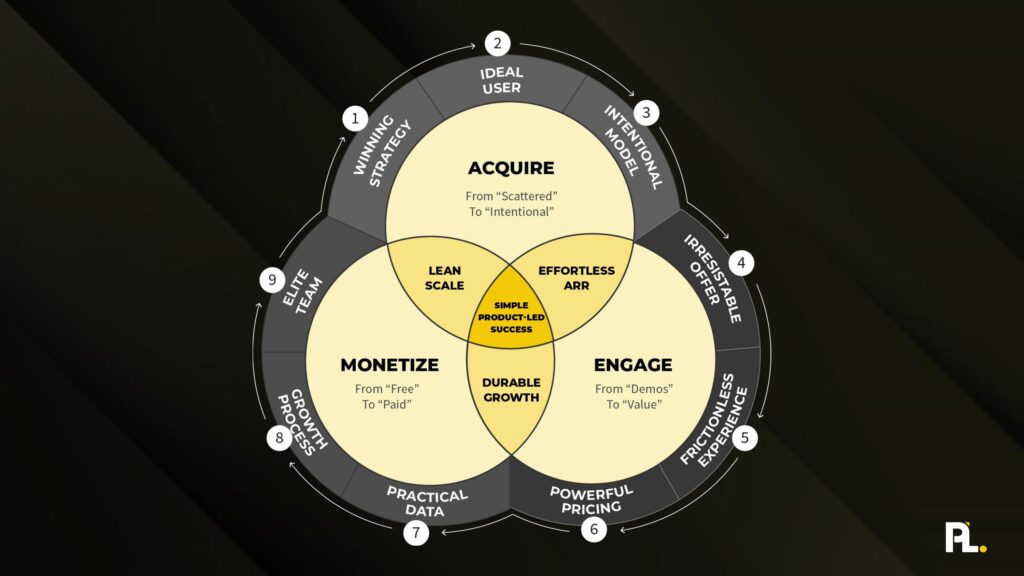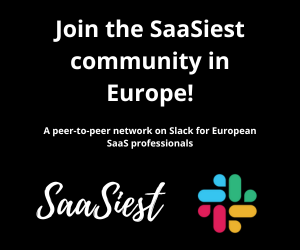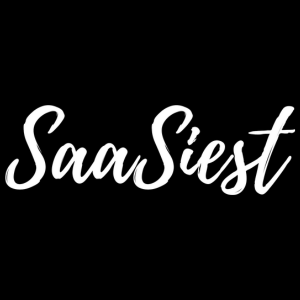Imagine scaling your SaaS business beyond $10 million in annual recurring revenue without a sales team. Sounds too good to be true? It’s not – it’s the power of product-led growth. Wes Bush, the mastermind behind ProductLed, previous speaker at SaaSiest 2024, and upcoming superstar at SaaSiest Amsterdam, created a framework that helped him do just that and is now helping other SaaS companies skyrocket their growth.
You may have experimented with product-led strategies before, but often, these efforts only scratch the surface. Product-led growth isn’t just about launching a free trial; it demands a deep, holistic integration of your product, team, users, strategy, processes, and data to truly succeed, which is also called PLO (product-led organization).
Here is what most people think product-led growth means:

Most companies fail with their PLG approach because they make one (or all) of these mistakes (don’t worry if it is too close to home, a lot of us have made these mistakes):
- Treating PLG as just a product thing
PLG is treated as a siloed initiative, not aligned fully with all the company functions. It is not enough that marketing created a landing page, and product created a stripped-down version of a product. There’s much more to it. - Not providing enough value before monetizing
Not understanding your true activation moment, and thus asking users for payment before they receive significant value from the product, undermines trust and conversion rates. - Fragmented approach instead of a PLG strategy
The PLG strategy is implemented in a disjointed, piecemeal fashion, lacking integration and coherence. This often results in companies not knowing who their ideal user is or tying their company-level strategy around how PLG helps their company win. - Focusing on the wrong priorities
PLG elements are implemented out of order, starting with less critical aspects and neglecting foundational strategies. For instance, if users don’t understand what your product is, should you really invest 2 months in improving your onboarding? Sounds silly in hindsight but it happens all the time. - Lack of Alignment across teams
This is a classical one, Cross-departmental collaboration is weak, and teams are not unified in their understanding and pursuit of PLG goals and processes. Which if you haven’t guessed, results in PLG either taking forever to roll out or eventually getting killed due to lack of progress or results.
To understand PLG you need to see the Entire PLG Iceberg!
“In order to be great at PLG, your product-led organization needs to be equally as great, because your PLG motion will only be as good as your product-led organization.”
– Wes Bush, Founder, ProductLed.com

A true PLG model is not just having the product but also the right organization (structures, processes, teams & individuals) in place to support such a motion. How do get you there? Here is where the Product-Led System created by Wes comes in handy! This is a 9-step framework, a structured approach to implementing PLG covering the following key elements:
- Winning Strategy: Define a clear strategy that aligns with your company’s strengths and market position.
- Ideal User Identification: Understand and target your ideal user, the person who will derive the most value from your product.
- Intentional Model: Design an entry model that provides significant value, making users feel empowered and capable.
- Irresistible Offer: Clearly communicate why your product is superior and how it solves user problems.
- Effortless Experience: Simplify the user journey from sign-up to value realization and eventually to upgrade.
- Powerful Pricing: Develop a pricing strategy that is simple, transparent, and scalable.
- Identify Bottlenecks: Continuously identify and address the biggest obstacles in the user journey.
- Growth Process: Establish a routine of high-impact experiments to tackle bottlenecks and drive growth.
- Build the Team: Focus on solving problems through process and product improvements supported by a team and Product-Led Organization.
Product-led growth is, as we know now, more than just offering a free version of your product. It involves creating a cohesive strategy that integrates key factors across your organization to scale effectively without expanding your sales team. It is about creating an organization that will support efficient Acquisitions of Customers, Engagement of them, and finally Monetization of said customers, in a way that may have you rewire large parts of your organization.

Curious to dive deeper? Wes has put together a free masterclass on how to implement product-led growth in your business (including a free worksheet!) that you won’t want to miss.
And here’s some exciting news: Wes will be speaking at SaaSiest Amsterdam on October 1-2! We’re also considering hosting an exclusive workshop with him for CEOs running PLG’s first companies. Interested? Let us know by filling out this form and we’ll keep you updated on the details!




